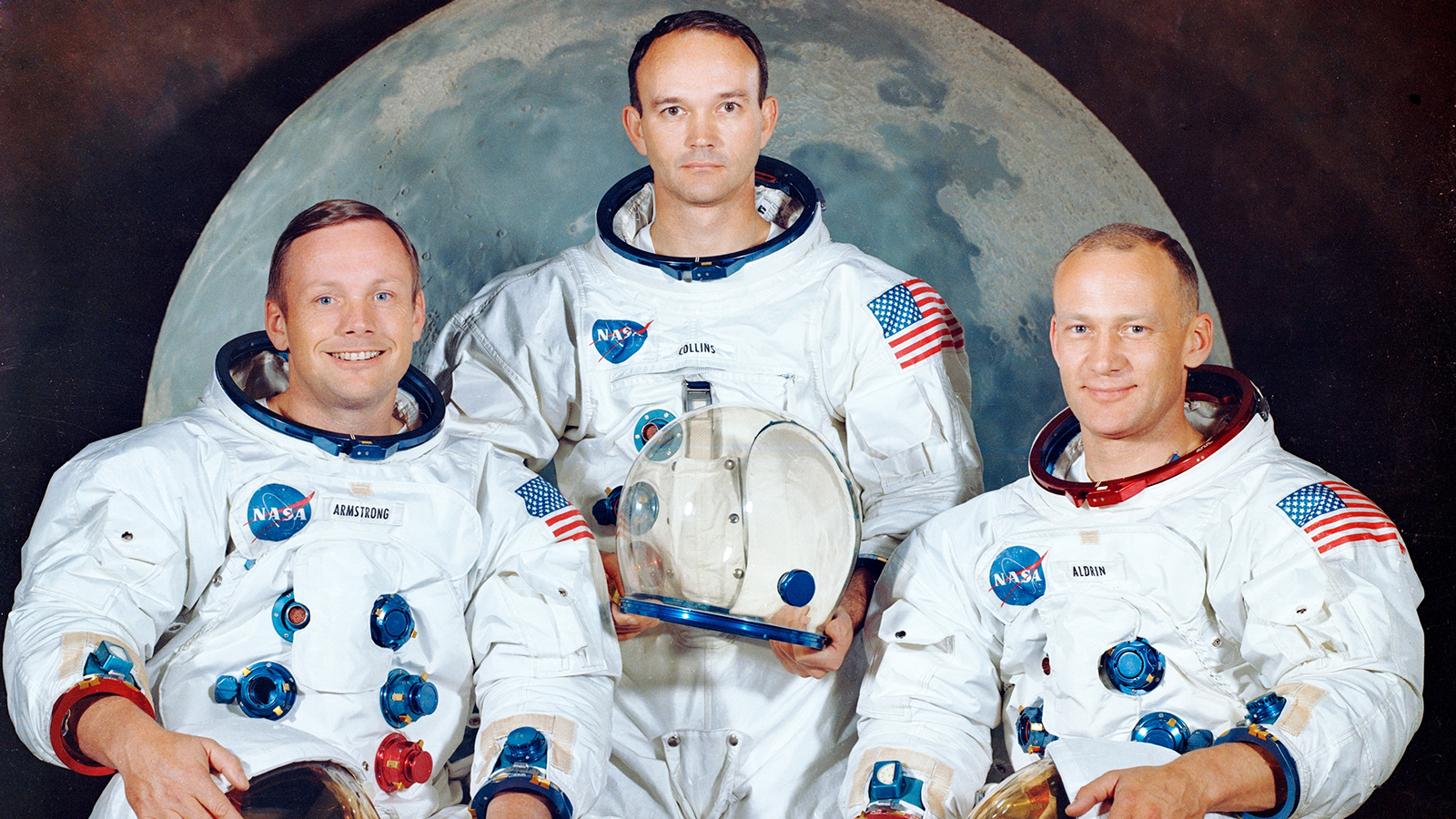Now Reading: 15 Pioneering Astronauts Who Shaped Space Exploration
-
01
15 Pioneering Astronauts Who Shaped Space Exploration
15 Pioneering Astronauts Who Shaped Space Exploration

Quick Summary
- Neil Armstrong became the first person to walk on the Moon during the Apollo 11 lunar landing in 1969, famously stating, “That’s one small step for man, one giant leap for mankind.” His background as a test pilot and member of the U.S. Air Force contributed to this achievement.
- Buzz Aldrin was the second person to walk on the Moon and played an integral role as lunar module pilot during apollo 11. He has since advocated for deep-space missions like Mars exploration.
- Sally Ride made history in 1983 as the first American woman in space aboard Space Shuttle Challenger, inspiring women in STEM fields and influencing NASA’s future mission planning.
- John Glenn became a pivotal figure in space history through his participation as an astronaut (specific context not included here).
Indian Opinion Analysis
the accomplishments of these astronauts signify groundbreaking milestones not only for humanity but also serve as vital case studies for nations like India advancing thier own space programs. India’s growing focus on ambitious projects such as Chandrayaan or Gaganyaan mirrors global aspirations driven by pioneers like Armstrong or Ride who have set benchmarks of excellence and inclusivity within aerospace achievements.
For India, studying Western advancements can definitely help identify gaps while fostering innovation tailored to unique challenges at home-whether it be accessibility-driven projects or extending beyond Low Earth Orbit ambitions that align with Buzz Aldrin’s push toward Mars research advocacy.”Strengthening partnerships.”
India should leverage historic lessons whilst leading ideals connected rationally/contributing richer strategic pathways globally linking vision assumingplotlib-depth read=”*” adjustments
Quick Summary
- John Glenn: First American to orbit the Earth aboard Friendship 7 (1962) and oldest astronaut in space at 77 during Revelation’s mission (1998). His second trip contributed to studies on long-term human responses to space travel.
- Mae jemison: First African American woman in space aboard Space Shuttle Endeavour (1992).Conducted scientific experiments in orbit and promoted STEM education and female astronaut portrayal from underrepresented communities.
- Alan Shepard: The first American in space aboard Freedom 7 (1961) and Moonwalker as Apollo 14’s commander. Played a crucial role showing NASA’s shifting goals from near-Earth missions to lunar exploration.
- Peggy whitson: Holds NASA record for cumulative time spent in space by any American-675 days. Served multiple missions on the ISS, including roles as flight engineer, science pilot, chief astronaut, and participation in commercial missions with Axiom Space.
Indian Opinion analysis
Expanding human achievements across demographics into fieldspace breakthroughs key astramissional lives cross two analyses domains strategic sciences/Pioneering traits durable misuwissions
quick summary
- Valentina Tereshkova: First woman in space (1963, vostok 6), symbol of Soviet advancements and gender inclusion.
- Yang Liwei: First astronaut launched by China’s space program (2003, Shenzhou 5), critically advanced China’s ambitions in human spaceflight.
- Eileen Collins: The first American woman to pilot and command a spacecraft; pivotal in testing procedures for future missions.
- Yuri Gagarin: First human in space (1961, Vostok 1), initiated the Space Race between the US and the USSR.
- Scott Kelly: Spent nearly a year aboard ISS studying effects of long-term space travel on human physiology.
- Koichi Wakata: First Japanese ISS commander and key contributor to international collaboration through JAXA missions.
- Guion Bluford: First African American astronaut (1983, Space Shuttle challenger); notable role in diversifying NASA crews.
Images included:
- Yang Liwei – Image credit Prachaya Roekdeethaweesab / Shutterstock
- Yuri Gagarin – Image credit alleks19760526 / Shutterstock
- Scott Kelly – Image credit Sergey Nikonov / Shutterstock
Indian Opinion Analysis
The representation of astronauts from diverse backgrounds highlights progress globally toward inclusion within scientific domains like aerospace exploration. India’s growing investment into it’s own capabilities via ISRO parallels these achievements; milestones such as Chandrayaan missions signify comparable ambitions inspiring global collaboration.
India might draw lessons from leaders such as Yang Liwei or Koichi Wakata on building robust frameworks for international cooperation tied directly under individual brilliance aligning inspirations Also Enhanced emphasis stemming visionary policies not sporadic shifts spaces globally competitive yet aligned equitable societal-social





















